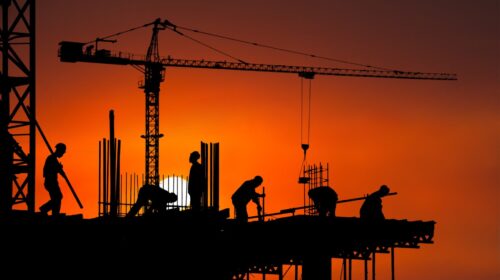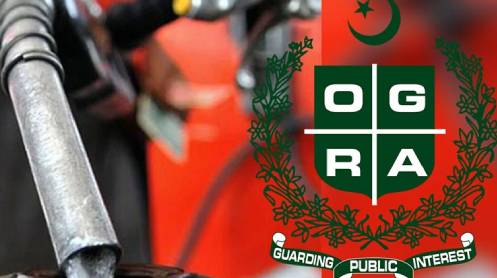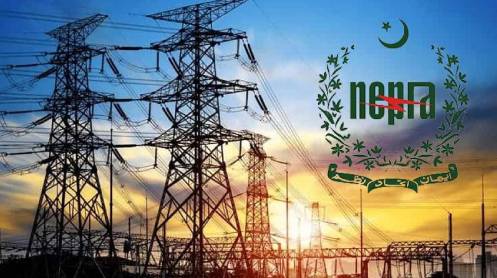Construction sector is estimated to expand by a staggering 92 percent in seven years from Rs1,409 billion in FY2021 to Rs2,706 billion by FY2029, at an annual rate of 11.8 percent, mainly on the strength of infrastructure and housing projects, a report said on Saturday.
According to a study released by Pakistan Credit Rating Agency (PACRA), the sector’s contribution to the Gross Domestic Product (GDP) of Pakistan in FY2021 stood at Rs1,409 billion, compared to Rs1,231 billion in FY2020.
In FY2021, it registered a growth of 14.4 percent year-on-year, while its contribution to GDP decreased from 3.2 percent in FY2019 to 2.8 percent in the last fiscal.
However, in the industrial sector, construction activity during FY2021 increased 14.4 percent driven by increased government concessions and aggressive private sector investment.
Gross fixed capital formation (GFCF) in the private sector grew by 6.6 percent between FY2020 and FY2021. Private sector GFCF amounted to over 72 percent of the total.
In the first eight months of fiscal year 2022, construction financing stood at Rs211 billion after recording a growth of 70 percent year-on-year.
Construction sector absorbs 7.61 percent of the total labour force and also provides stimulus to over 42 ancillary sectors including steel, cement, bricks, aluminum, cables, fixtures, glass, kitchen and bathroom fittings, marble, paint, ceramic tiles, transportation, warehousing, and wood.
In the construction sector, the major drivers of demand are Public Sector Development Programme (PSDP) spending in uplift projects, followed by private investments.
Majority of the construction revenue comes from the government contracts ranging from buildings of infrastructure to highways etc. With the launch of CPEC, construction sector activity has picked up the pace. In addition, the government relief packages and subsidies are also pushing further growth in the industry.
Construction of private and residential buildings and housing units is also a major mover of the sector, especially in the rural areas. The demand for residential homes is steadily growing with the population. According to the State Bank of Pakistan, there is a shortfall of 12 million houses in the country.
The federal government has allocated Rs24 billion to the housing and works division, while Rs36 billion has been earmarked to provide subsidies on markups of housing loans under PM’s Mera Pakistan Mera Ghar scheme.
Over 50 percent of the industry’s cost of goods sold is construction material. Given higher prices of materials, sector’ gross margins have shrunk to 10 percent in FY2021.
The global prices of materials are still on an upward spiral and expected to keep gross margins under pressure.
However, the industry’s net margins improved to 4 percent in FY2021 as compared to 2 percent in FY2020, indicating enhanced retention, owing partly to a variety of incentives provided to the industry.
In an effort to boost the construction sector, the government has made changes in its incentive scheme for subsidised mark-up rates on loans for houses.
According to the revised scheme, it has been divided into three tiers. To facilitate the participation of microfinance banks, a tier 0 category has been added. Under the scheme, disbursement of financing up to Rs2 million per housing unit has been added.
In view of the fact that microfinance banks (MFBs) specialise in the extension of financing to low income households, it is believed that participation of MFBs will significantly enhance the outreach of schemes to these segments.
In tier 1 category, markup rates are 3 percent for the first five years and 5 percent for the next five for houses up to 5 marlas.
For tier 2, the allowed financing is from Rs3 million to Rs6 million at 5 percent and 7 percent for the first five years and next five respectively. For tier 3, the allowed financing limit is from Rs6 million to Rs10 million at 7 percent for the first five years and 7 percent for next five.





